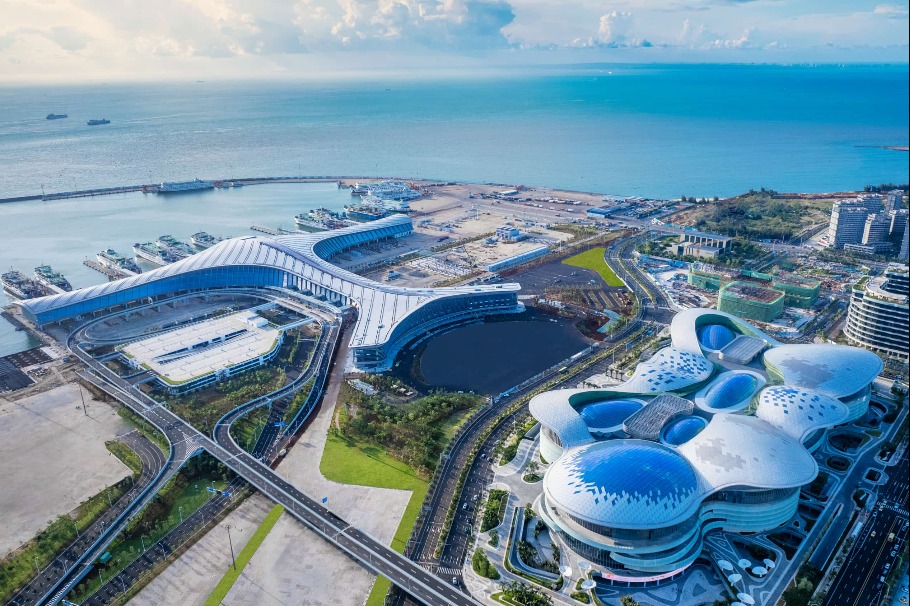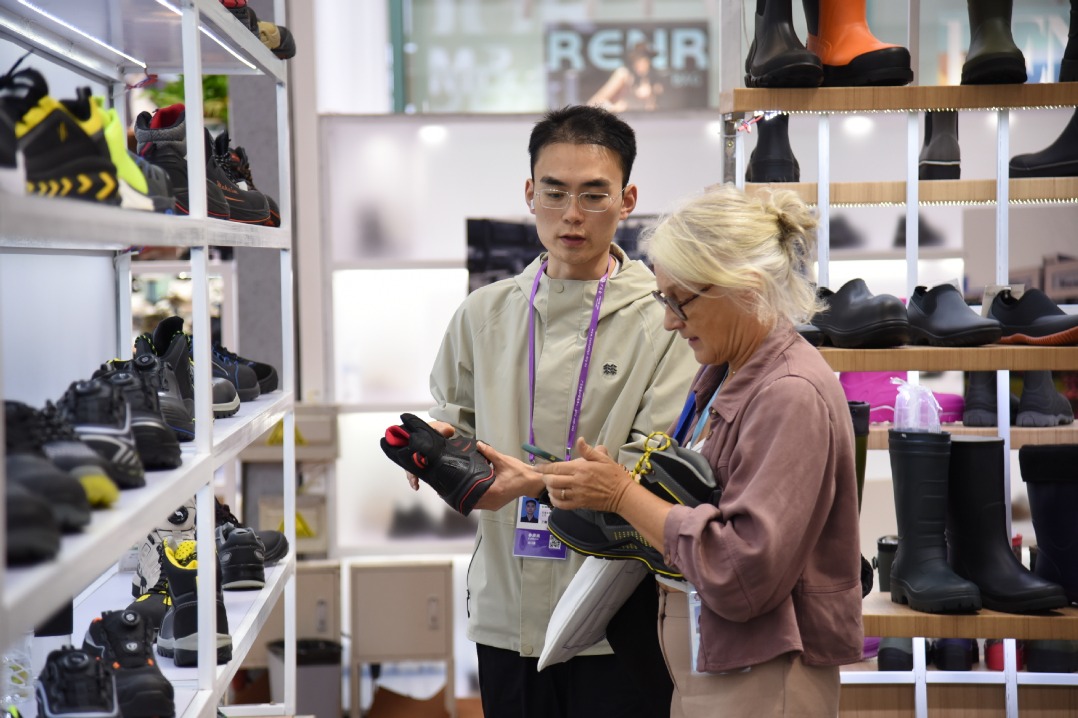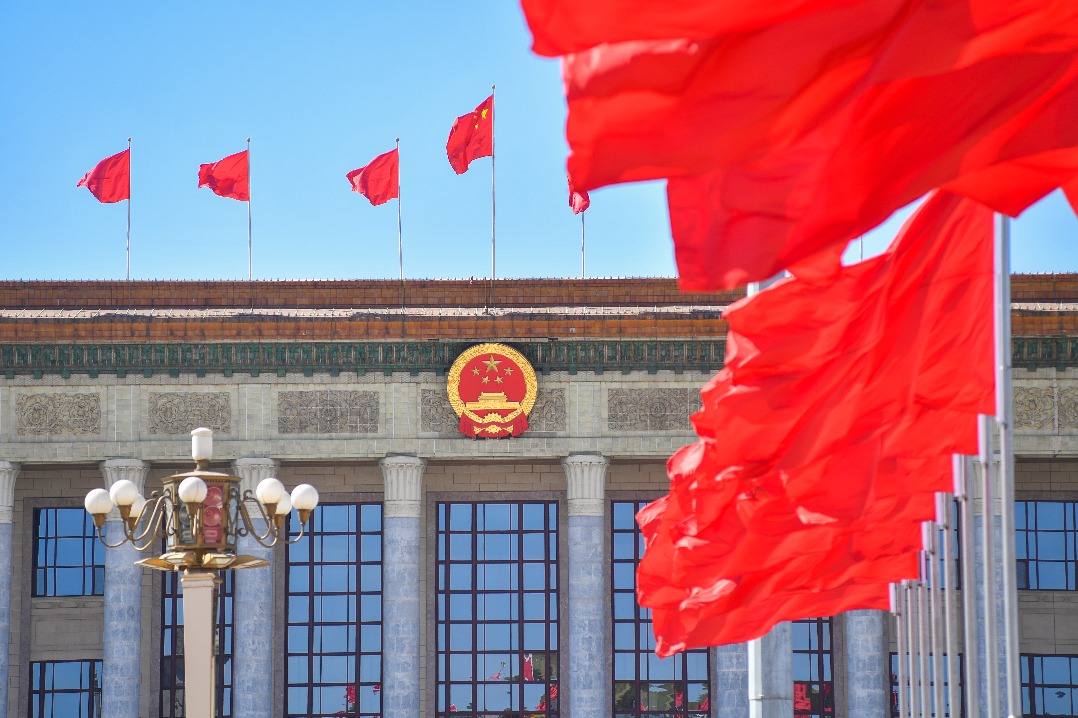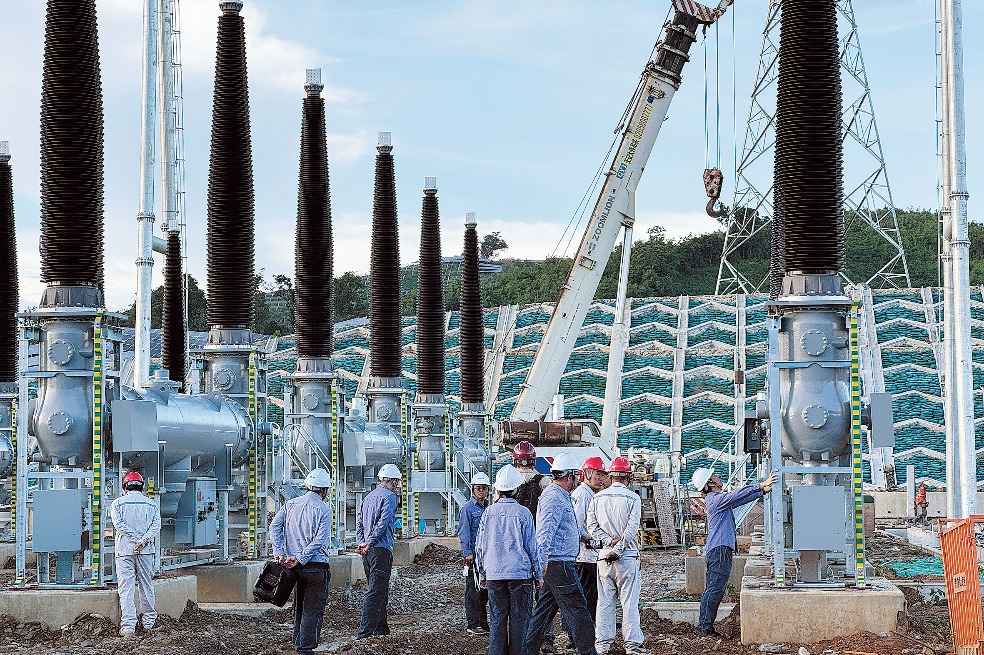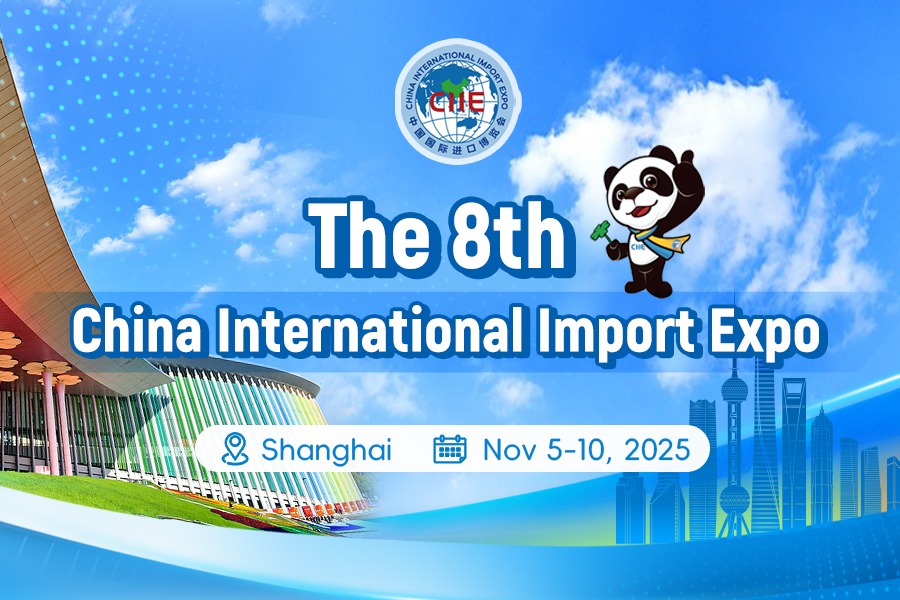Industrial setting proves to be 'en pointe'
Competition involving grace and precision confirms manufacturing hub has special place in art form

Amid the rhythmic hum of machinery at a heavy-industry manufacturing site, an elegant art form has taken root and flourished.
In a striking juxtaposition of industrial might and artistic elegance, Shenyang, Liaoning province, has emerged as an unexpected powerhouse in the world of ballet.
From Aug 8 to 14, the Liaoning (Shenyang) Ballet Competition brought together more than 400 participants from over 10 countries and regions to the Liaoning Grand Theatre for a competition, with a jury of 20 masters of the world stage.
The event transformed the city into a ballet hub, with participants from countries including the United States, Russia, France and Italy converging on the Shenyang stage.
Leading soloist Dias Kurmangazy from the Astana Opera, who won Best Performance, notes that the competition was well organized and offered an invaluable experience.
"Our fellow competitors performed with great skill, but we too gave our all, our energy, artistry and mastery, to represent our country and theater with dignity. Such competitions always bring immense emotions," Kurmangazy says.
Beyond the international spectacle lies a deeper story: Ballet has been quietly thriving in this industrial city for more than four decades, with the Liaoning Ballet established in 1980.
While maintaining classical productions like Swan Lake, Sleeping Beauty and Don Quixote, it has also developed distinctive Chinese ballet brands by producing original Chinese-themed ballets that blend Western techniques with Eastern storytelling, like the modern ballet The Last Emperor.
During the competition, dancers with the Liaoning Ballet performed at various Shenyang landmarks, such as the Shenyang Imperial Palace Museum, Liaoning Grand Theatre and the bank of the Hunhe River.
Each collision of elegant movement with urban architecture presented the world with a business card rich in historical depth and artistic poetry.
As the competition demonstrated, the industrial city has become a place where tradition and innovation dance together — where steel and en pointe shoes coexist in harmonious rhythm, creating a new cultural narrative for the country's northeastern region.
Serving as a judge at the competition, Austrian ballet dancer and choreographer Vladimir Malakhov speaks highly of the event.
"It is becoming a platform for the exchange of global ballet art, and I am very pleased to witness the prosperous development of ballet here," he says. Widely recognized as an iconic figure in contemporary dance, Malakhov was appointed as the first non-Chinese dean of the ballet department at the Beijing Dance Academy last year.
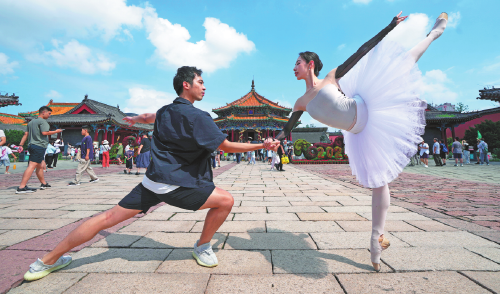
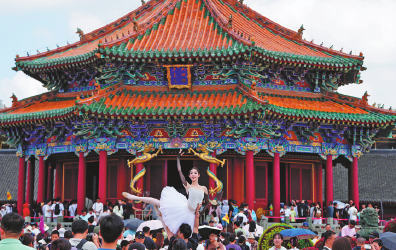
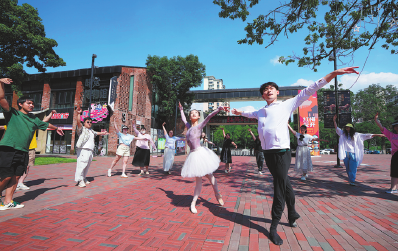
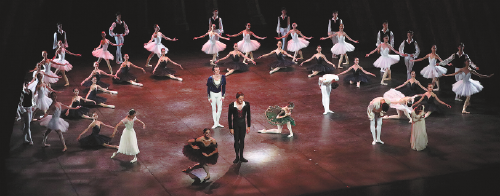
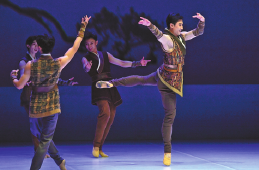
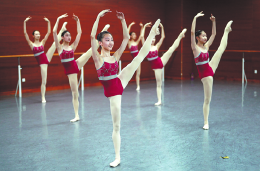
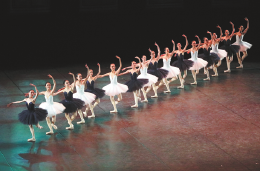
Today's Top News
- Xi congratulates Samia Suluhu Hassan on assuming presidency of Tanzania
- Xi stresses adopting high standards for building Hainan Free Trade Port
- China, Samoa exchange congratulations over 50th anniversary of ties
- Transform food systems for a hunger-free world
- China shows path to shared modernization
- China's vision expected to benefit Africa

















